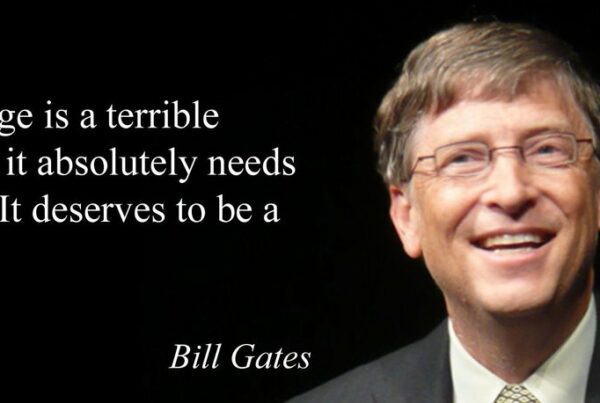Having a voice is only half the battle,” says Bob Stolzberg, CEO of VoiceXP, about capitalizing on opportunities to engage with customers through smart speakers. The other half is about the quality of the voice experience. With an eye towards engaging interactions between speakers and consumers, companies are exploring different nuances in the communications. This technology report explores ways to optimize smart speaker technology through the following three strategies:
- The first step is to reduce friction — reducing the time and effort that it takes for a user to accomplish a task.
- Scheduling and taking surveys – essential for many service-based companies – are two functions that can benefit from a reduction in friction.
- The next step is to extend the brand with voice modality — extending the functionality and capabilities of smart speakers.
- An example of extending the brand with voice capabilities: Tide created an Alexa skill to assist with treating over 200 types of stains.
- Creativity in engagement is key as companies experiment with new ways to increase brand awareness, much like the learning curve experienced with SEO, social media, content publishing schedules, and more.
I read the article mentioned above (https://hbr.org/2019/05/using-smart-speakers-to-engage-with-your-customers) and thought it was interesting. While I am not offering an endorsement of a strategy, tactics, thoughts, service nor a company or author, the information was intellectually stimulating and thoughtful and worth a review.








